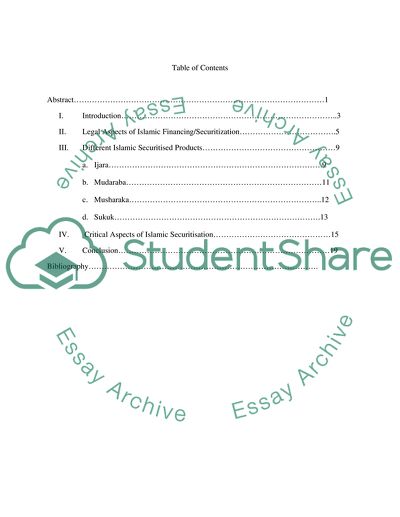Cite this document
(“Legal and Practical Aspects of Islamic Securitisation Essay”, n.d.)
Legal and Practical Aspects of Islamic Securitisation Essay. Retrieved from https://studentshare.org/religion-and-theology/1574712-legal-and-practical-aspects-of-islamic-securitisation
Legal and Practical Aspects of Islamic Securitisation Essay. Retrieved from https://studentshare.org/religion-and-theology/1574712-legal-and-practical-aspects-of-islamic-securitisation
(Legal and Practical Aspects of Islamic Securitisation Essay)
Legal and Practical Aspects of Islamic Securitisation Essay. https://studentshare.org/religion-and-theology/1574712-legal-and-practical-aspects-of-islamic-securitisation.
Legal and Practical Aspects of Islamic Securitisation Essay. https://studentshare.org/religion-and-theology/1574712-legal-and-practical-aspects-of-islamic-securitisation.
“Legal and Practical Aspects of Islamic Securitisation Essay”, n.d. https://studentshare.org/religion-and-theology/1574712-legal-and-practical-aspects-of-islamic-securitisation.


